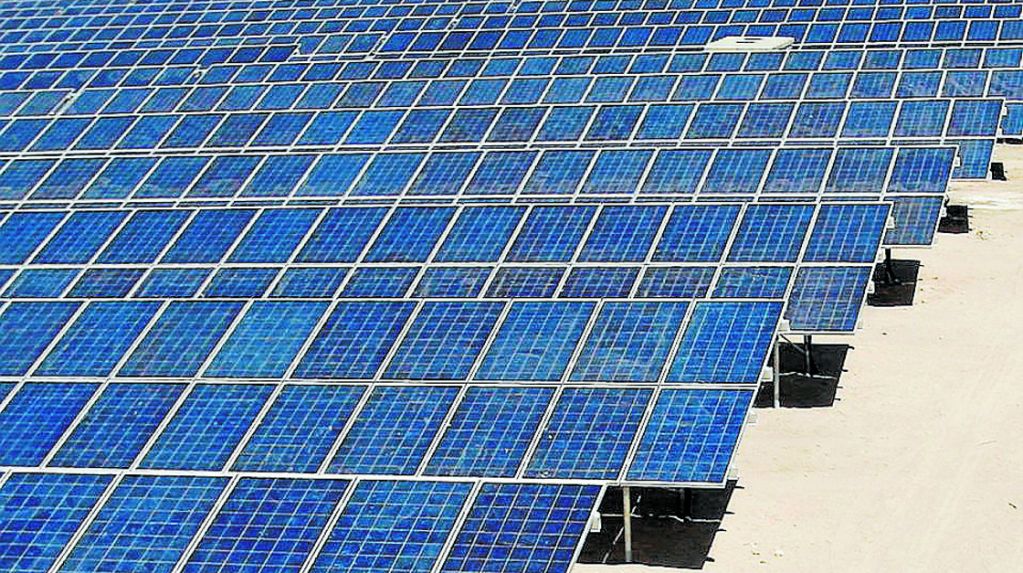
The consulting firm Systep warns that the low penalties in the event of non-compliance with bidding contracts give rise to an economic incentive to delay projects.
Tenders: only 45% of the energy committed for 2016-2017 has entered the system
A wake-up call is being made by the electricity market to ensure that contracts awarded after the regulatory changes introduced in 2014 are fully complied with.
According to the analysis of the consulting firm Systep, a total of 1,031 MW in projects should have entered the system between 2016 and 2017, as a result of the awards made in the electricity tenders to supply regulated customers in the last three years. However, only 467 MW have been added to date, 70% of which have been added late.
Part of this figure is explained by the transfer of initiatives. Within this lot are the Olmué and La Constitución projects, belonging to SunEdison and SolarPack respectively, which were awarded in the 2014 bidding process, but were not finally completed due to the assignment of supply contracts to existing companies.
There is also a fraction that has not completed its projects due to problems in their construction. This is the case of the El Campesino thermoelectric plant, which has not been able to unlock the permits for the initiative – which should start injecting at the beginning of 2019 – and has therefore signed a temporary supply contract with Enel.
All this, occurs in circumstances in which from the sector they estimate that there are low penalties in case of non-compliance with bidding contracts, which gives rise “to a possible economic incentive for the delay of projects, especially considering the prospects of low marginal costs for the coming years, which are provided lower than the prices resulting from the 2014 and 2015 bids,” they indicate.
In this context, they warn that “the great aspect that must continue to be monitored is the effective materialization of new generation projects, so that the success of the bids translates into clean and efficient energy that displaces the most expensive generation. In this line, special care must be taken to prevent speculators or agents with little capacity to carry out their projects from participating in future processes”.
The rates
In the analysis, they also highlight that although the prices obtained in the last four bidding processes are significantly more competitive than those seen from 2009 to 2013; these will not have an impact in the short term. Specifically, it estimates that the low prices of the latest tenders will allow a decrease in the current tariff only as of 2028.
The reason? The time lag between the awarding of the contract and the start of injection into the system and the continuity of high-priced contracts awarded prior to 2014. “Considering that there are other components in the tariff in addition to energy, a 5% increase is expected by 2024 in the final supply tariff with respect to the current value for a typical customer, which would encourage the transfer of regulated customers to the free segment in the coming years. Likewise, considering that only 52% of the energy demand projected to 2028 has been contracted, a 0.5% reduction in the tariff to 2028 is expected”, it is projected.
However, although the consulting firm points out that, in general, the regulatory changes and actions implemented by the authority since the end of 2014 have been favorable for the electricity market, the demand projection should be reviewed to reduce overcontracting.





